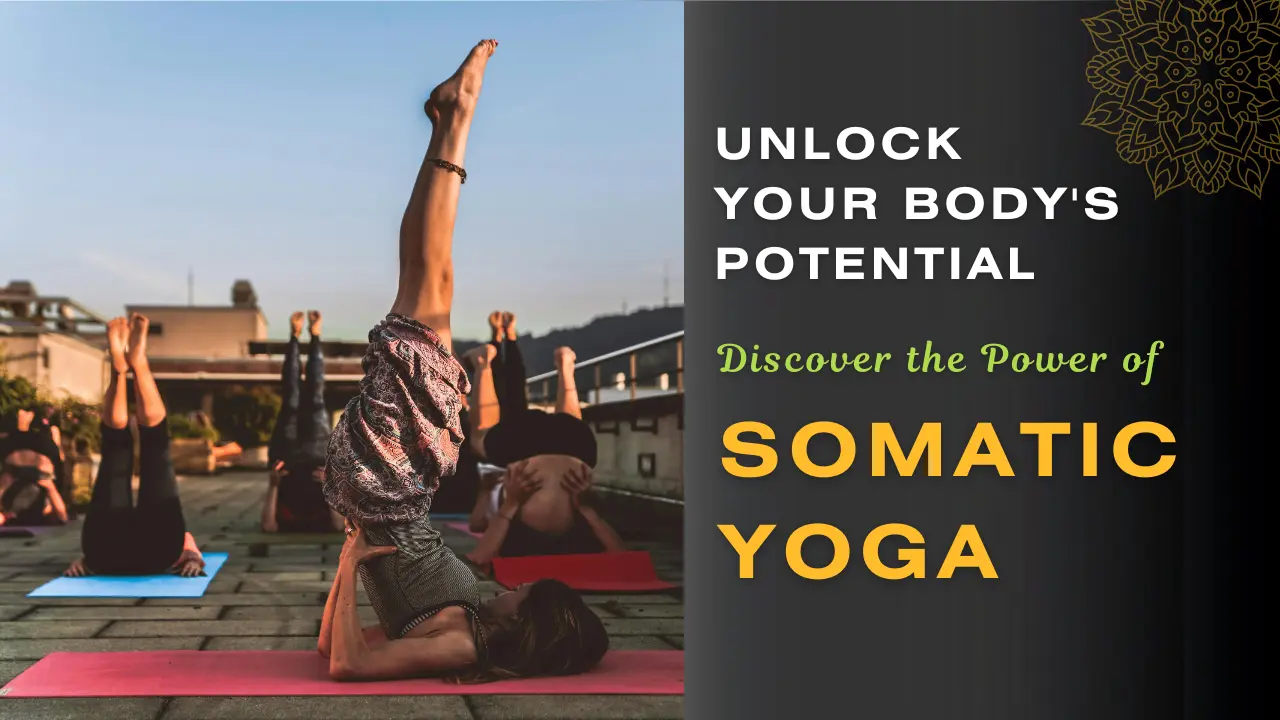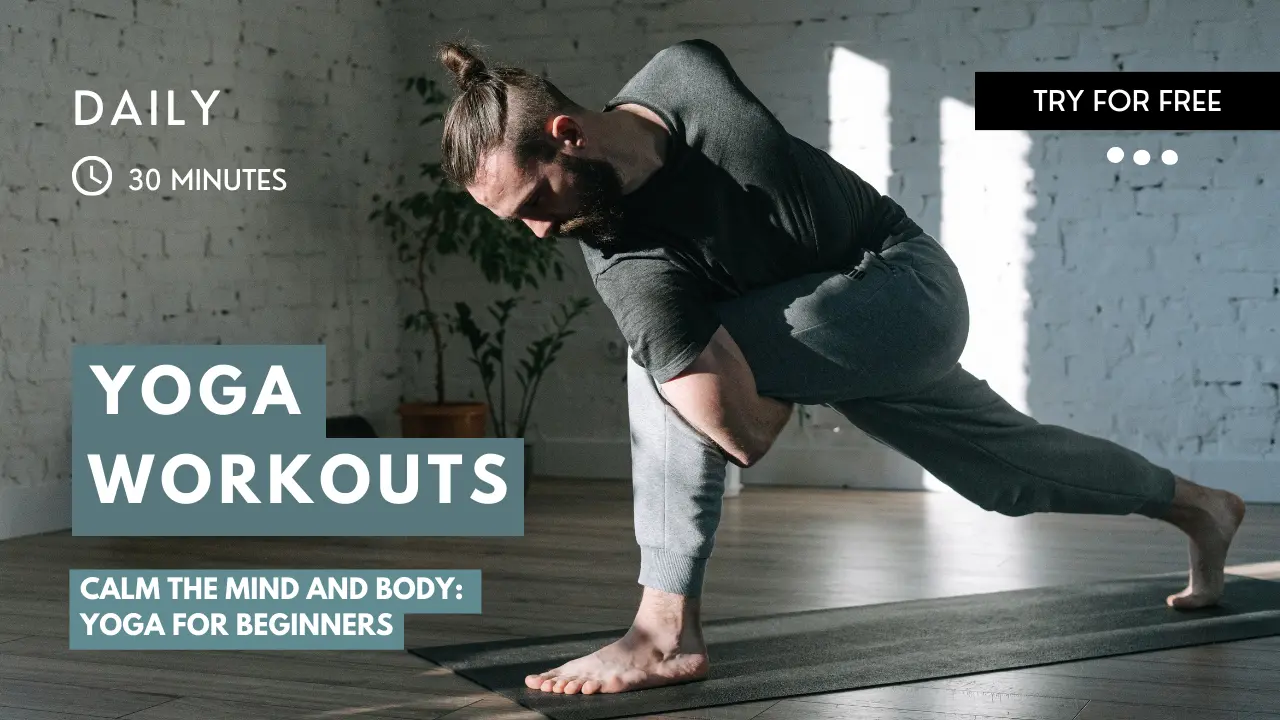Somatic Yoga
Table of Contents
Somatic Yoga, a fusion of yoga and somatic practices, has been gaining popularity worldwide for its holistic approach to physical and mental well-being. This innovative method combines the ancient wisdom of yoga with the principles of somatic movement, offering a unique path to self-discovery, healing, and personal growth.
In this article, we will delve into the world of somatic yoga , exploring its benefits, techniques, and how it can transform your life.
What is Somatic Yoga?
Yoga somatics is a practice that combines the principles of yoga, somatic movement, and mindfulness to promote physical, emotional, and mental well-being. It is based on the idea that the body is capable of healing itself, and that by tuning into its natural rhythms and movements, we can unlock our full potential. This approach emphasizes the importance of listening to the body, rather than forcing it into predetermined poses or movements, allowing for a deeper connection with our inner selves.
Try This Total Body Challenge!
Benefits of Somatic Yoga
The benefits of somatic yoga are numerous and far-reaching. By incorporating this practice into your daily routine, you can expect to experience:
1. Increased flexibility and range of motion: Somatic Yoga encourages the body to move in ways that are natural and effortless, leading to improved flexibility and reduced stiffness.
2. Reduced stress and anxiety: The mindfulness and breathing techniques used in yoga somatic help to calm the mind and reduce feelings of stress and anxiety.
3. Improved posture and alignment: By focusing on the body’s natural movements and alignment, yoga somatic can help to improve posture and reduce the risk of injury.
4. Enhanced body awareness: This practice encourages the development of body awareness, allowing you to better understand your body’s needs and respond to its signals.
5. Increased self-awareness and self-acceptance: Somatic Yoga promotes self-awareness and self-acceptance by encouraging you to listen to your body and honor its limitations.
Somatic Yoga Exercises and Techniques
This incorporates a range of techniques and exercises designed to promote physical, emotional, and mental well-being. Some of the key exercises include:
1. Somatic movements: These movements are designed to awaken the body’s natural movements and promote flexibility and range of motion.
2. Yoga poses: Modified yoga poses are used to promote strength, balance, and flexibility.
3. Breathing techniques: Mindfulness and breathing techniques are used to calm the mind and reduce stress.
4. Mindful movement: This approach emphasizes the importance of being present and aware in the moment, allowing you to fully engage with your body and its movements.
Surya Namaskar Benefits: What if you do it regularly?
How to Practice Somatic Yoga
Practicing this type of yoga is relatively simple and can be done anywhere, at any time. Here are some tips to get you started:
1. Start slow: Begin with short sessions and gradually increase the duration as you become more comfortable with the practice.
2. Listen to your body: Pay attention to your body’s signals and honor its limitations.
3. Focus on the breath: Use the breath to guide your movements and promote relaxation.
4. Practice mindfulness: Bring your full attention to the present moment, letting go of distractions and worries.
5. Seek guidance: Consider working with a qualified yoga somatic practitioner or instructor to help you develop a personalized practice.
Try The Beyond HIIT Routine Today!
What are Some Tips for Beginners to Start Practicing Somatic Yoga
Based on the search results, here are some tips for beginners to start practicing:
1. Focus on Slow, Mindful Movements: This yoga emphasizes slow, gentle movements that allow you to tune into the internal sensations of the body. Avoid rushing through the poses and instead focus on moving with intention and awareness.
2. Prioritize Body Awareness: Pay close attention to how your body feels during the movements. Notice the sensations, tensions, and areas of ease or discomfort. This heightened body awareness is a key aspect of this yoga.
3. Incorporate Breath Awareness: Use your breath to guide your movements and promote relaxation. Breathe naturally and focus on how the breath moves through your body.
4. Explore and Experiment: Approach the poses with a sense of curiosity and exploration. Don’t worry about achieving the “perfect” form. Instead, play with variations and adjustments to find what feels best for your body.
5. Don’t Skip Savasana: End your yoga practice with a period of deep relaxation in Savasana. This allows you to integrate the practice and notice any shifts in your body and mind.
6. Start Slowly and Be Patient: Somatic yoga is a practice of self-discovery, so be patient with yourself and start with short sessions. Gradually increase the duration as you become more comfortable with the practice.
7. Seek Guidance: Consider working with a qualified somatic yoga instructor, especially when you’re starting out. They can provide personalized guidance and support to help you develop a safe and effective practice.
The key is to approach somatic yoga with a spirit of self-exploration, compassion, and curiosity. By focusing on the internal experience and allowing your body to guide the practice, you can unlock the transformative benefits of this unique approach to yoga.
Conclusion
Somatic Yoga is a powerful practice that offers a unique path to self-discovery, healing, and personal growth. By incorporating this practice into your daily routine, you can expect to experience a range of benefits, from increased flexibility and reduced stress to improved posture and enhanced body awareness.
Whether you are a seasoned yogi or just starting out, Somatic Yoga offers a journey of self-discovery and healing that can transform your life in profound ways.





